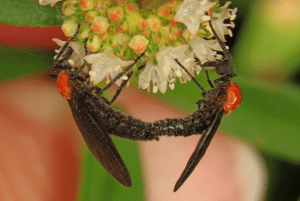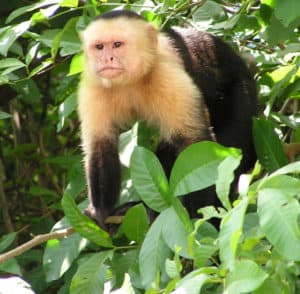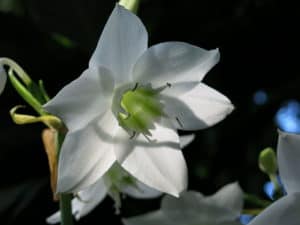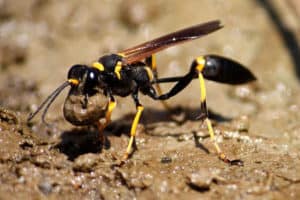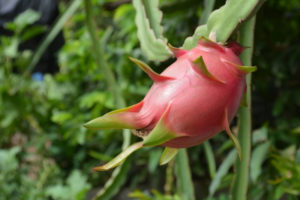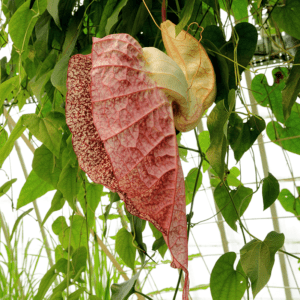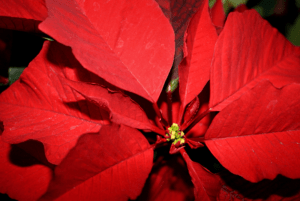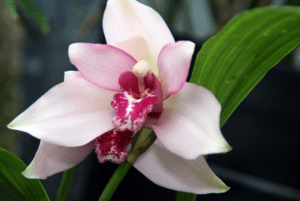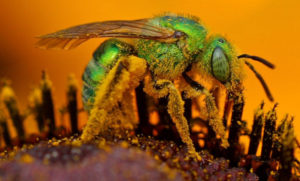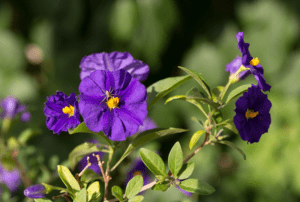Lovebug Facts Lovebug Physical Description The Lovebug remains a physically small species, rarely exceeding 0.35 in (9 mm) in length. While both genders average roughly the same length, sexual dimorphism is displayed. Females often weigh more than twice as much as the males. The majority of this difference in weight occurs due to the greatly oversized […]
Capuchin
Capuchin Facts Related Articles Source: http://bit.ly/2RClZMr Photo: Whaldener Endo CCL: http://bit.ly/2IjEG4n Capuchin Physical Description Most notably, the highly fascinating Capuchin does not display any marked degree of the physiological characteristic of sexual dimorphism. This physical trait remains one the diminutive mammal shares with the vast majority of known simian varieties. Quite understandably, the coloring of the […]
Amazon Lily
Amazon Lily Facts Related Articles Amazon Lily Physical Description The Amazon Lily evolved as a perennial plant in nature. The species grows from a small bulb, typically placed just beneath the surface of the soil. In addition, its varieties can vary slightly in size. Most types, though, average a height measuring roughly 31 in (80 […]
Black and Yellow Mud Dauber
Black and Yellow Mud Dauber Facts Related Articles Black and Yellow Mud Dauber Physical Description Firstly, the Black and Yellow Mud Dauber possesses an extremely elongated physical form. However, it typically attains a relatively common size, for its kind. As a result, it usually averages a length of roughly 1.2 in (30 mm). Further, as […]
Dragon Fruit
Dragon Fruit Facts Related Articles Dragon Fruit Varieties and Cultivation Since several varieties of Dragon Fruit currently exist, physical characteristics understandably exist. But, certain traits remain consistent between them all. Firstly, each of these remains distinguished by the different colored flesh of the fruit of the plant. These varieties include, white, red, and yellow. Secondly, […]
Pelican Flower
Pelican Flower Facts Related Articles Pelican Flower Physical Description Notably, the beautiful Pelican Flower has a structure identical to other members of its Family. As a result of this pattern of growth, the wonderful flower of this plant develops three distinct sections. These separate sections consist of the tube, utricle, and the limb. The unusual […]
Poinsettia
Poinsettia Facts Related Articles Poinsettia Physical Description Perhaps most notably, the remarkable Poinsettia represents one of those uncommon plants that evolved a comparatively unique capacity. That’s because this stunning and incredible plant occurs naturally as either a shrub or small tree, depending on local conditions. The impressive and remarkable tree form also has an impressive […]
Lycaste Orchid
Lycaste Orchid Facts Related Articles Lycaste Orchid Physical Description Given the fact that the term Lycaste Orchid applies to many species, one fact quite naturally stands out. That’s the understandable fact that all of the known varieties of the gorgeous plant have similar characteristics. In fact, many of these exist. For one, most forms possess […]
Sweat Bee
Sweat Bee Facts Related Articles Sweat Bee Physical Description Since the term Sweat Bee applies to so many species, physical differences naturally exist among the differing species. Nevertheless, the members of this absolutely amazing group of arthropods do share certain general physical characteristics. For one thing, the various species of this type of bee attain […]
Nightshade
Nightshade Facts Related Articles Nightshade Physical Description Since the name of Nightshade applies to such an incredible quantity of species, differences quite naturally exist among them. This also includes physical descriptions. Nevertheless, the simple fact of their relationship means that some share certain physical traits. Firstly, all members of this group of plants evolved as […]
